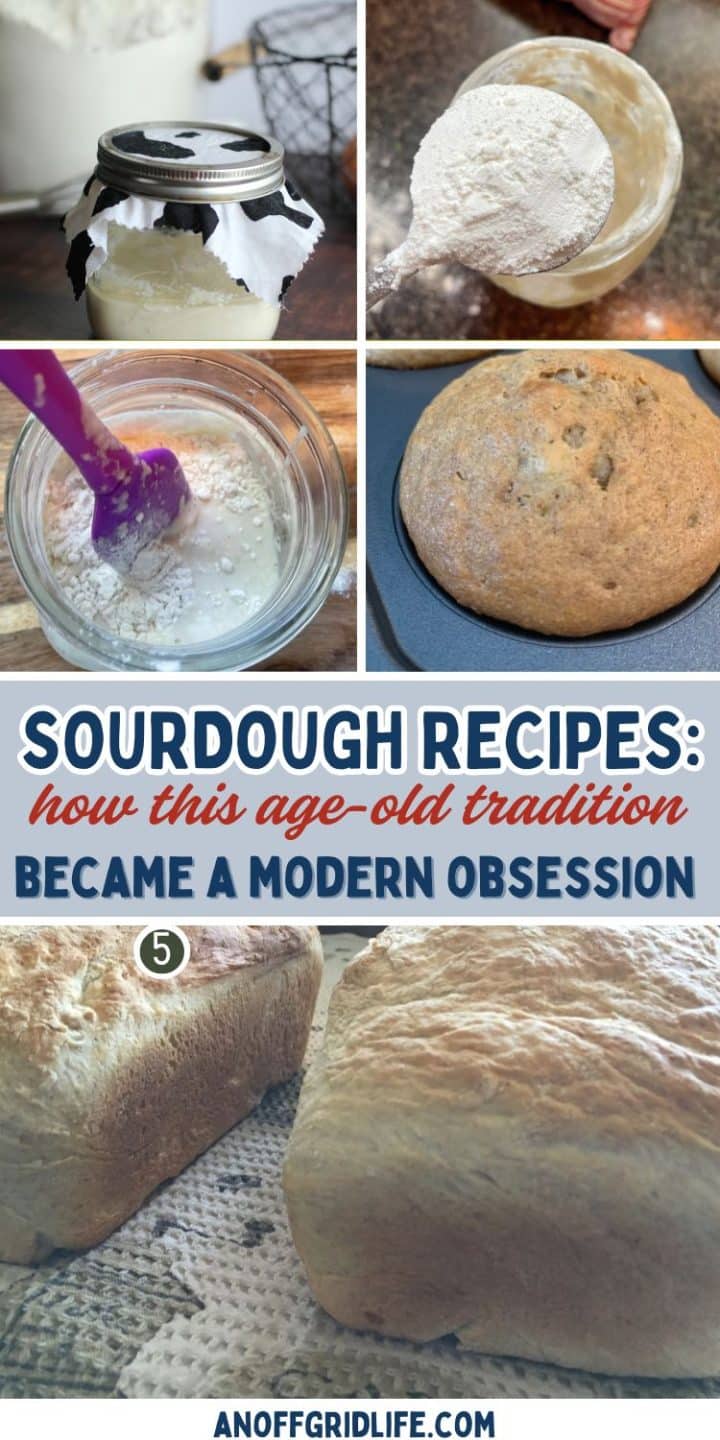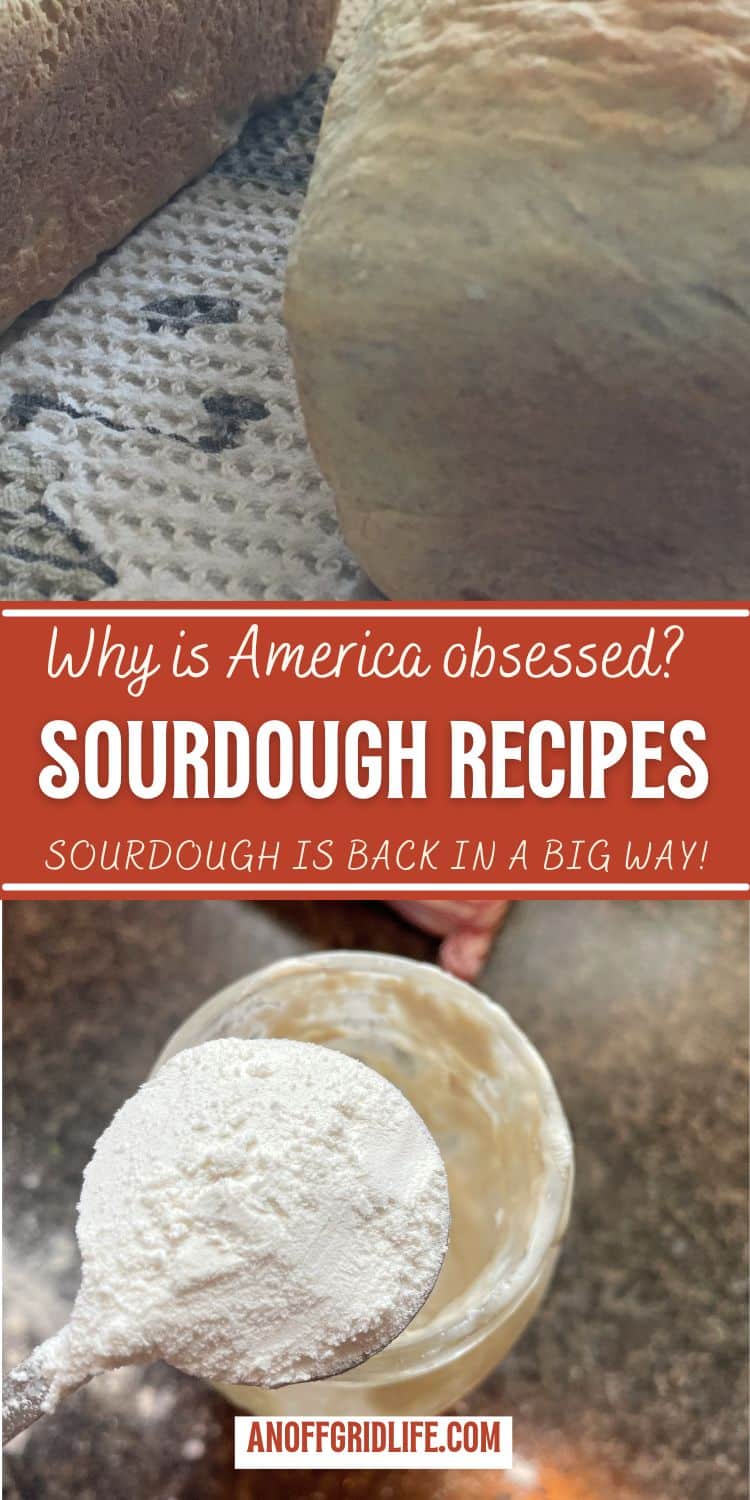Are you crazy for sourdough recipes too? Sourdough is making a big comeback in American kitchens, and it's not just about the unique tangy taste. This resurgence taps into deeper cultural and health trends reshaping food relationships. Learn why the sourdough craze has taken the country by storm.
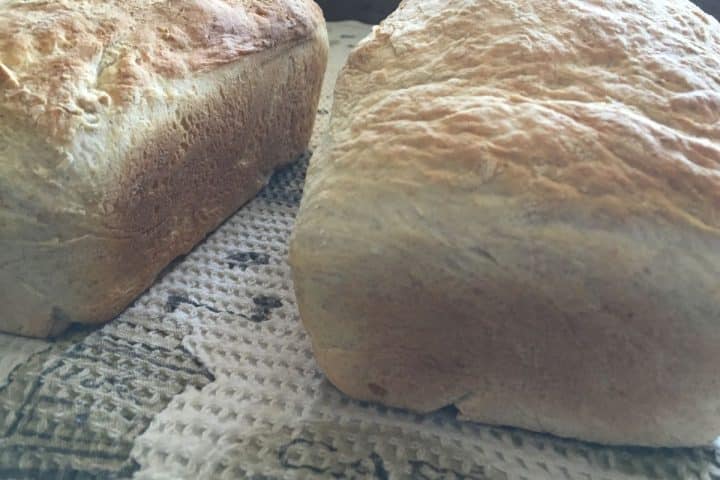
I've been making and baking with sourdough starter for well over 30 years. And what used to be a not-so-well-known pastime associated with homeschooling and homesteading families or "back-to-the-land" types has now become mainstream. Although sourdough bread harkens back to pioneer days and beyond, it's enjoying a comeback in American homes and bakeries. "The resurgence of sourdough now is due to a combination of factors," says Emmy-award-winning Good Morning America television host, ABC news reporter and cookbook author Christianne Klein.
Sourdough Recipes Reappear in Our Kitchens
Baking sourdough bread emerged as a comforting, hands-on, at-home hobby for people during the pandemic lockdowns, as widely reported by news stations nationwide. However, sourdough's popularity has waxed and waned regionally for decades. "I grew up in California with a mom who was obsessed with sourdough bread," says Klein. "So it's been part of my life for as long as I can remember."
Interest in sourdough continued after lockdowns ended, as evidenced by a January 2024 viral TikTok video about an 1847 Oregon Trail sourdough starter. And the sourdough craze isn't contained to America.
According to a recent MarketsandMarkets report, the global sourdough market size is forecast to grow to USD 3.5 billion in 2028 from USD 2.3 billion in 2023. At the same time, interest in other fermented foods, like kaffir and kombucha, have emerged.
While I used to limit my sourdough baking to weekly batches of bread for my family, recently, I've been experimenting with sourdough recipes that go beyond bread. This includes sourdough discard recipes, because, as you know, if you've been following me for any length of time, I hate waste!
Community, Culture and Comfort
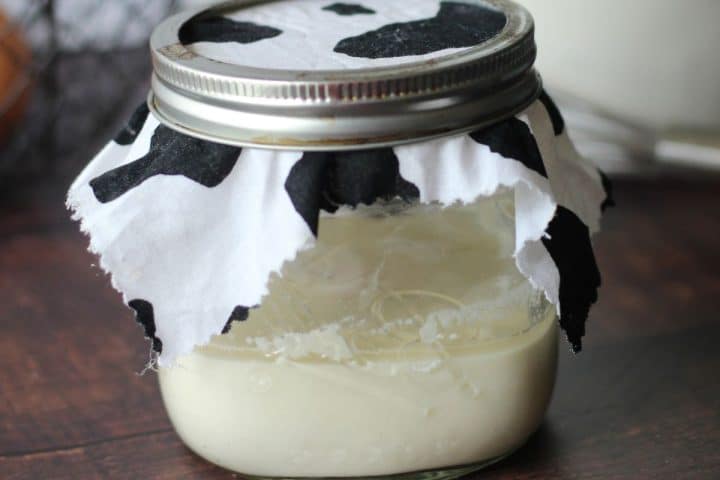
Sourdough has the somewhat unique distinction of being an artisan food that creates community. Indeed, I've been gifted carefully nurtured sourdough starters more than once. In addition, it plays a significant role in American culture and history.
Sourdough Circles
For example, in recent years, we've seen the emergence of sourdough circles. These online and face-to-face communities attract beginners and seasoned bakers, who share tips, recipes and even starters in groups for sourdough aficionados.
Local sourdough circles hold workshops or meet-ups to teach others how to nurture their starters from scratch, dehydrate the starter or perfect their loaf-shaping technique. This helps to create a community, which is supported by online forums, local baking classes and the passing of starters from one baker to another.
Cultural Significance
Sourdough transcends typical traditional American foods because of its connection to a communal past. Families may pass down starters and sourdough bread recipes through generations like treasured heirlooms, each carrying distinct flavors shaped by their specific regions and environments. "There are people who have been babysitting sourdough for generations," says Klein.
Comfort Food at its Finest
Sourdough tradition weaves together communities and cultures and combines the social aspect of sharing starters and sourdough loaves. This shared experience brings people closer. Sourdough has embedded itself in various American cultures as a symbol of pioneer heritage and communal bonding.
It also fits the current interest in a return to traditional cooking methods, homesteading and an appreciation for slower food processes and simple living. Cultivating and nurturing sourdough ties us to generations past who relied on fermentation for preservation long before commercial yeast became available.
Sourdough and Fermentation
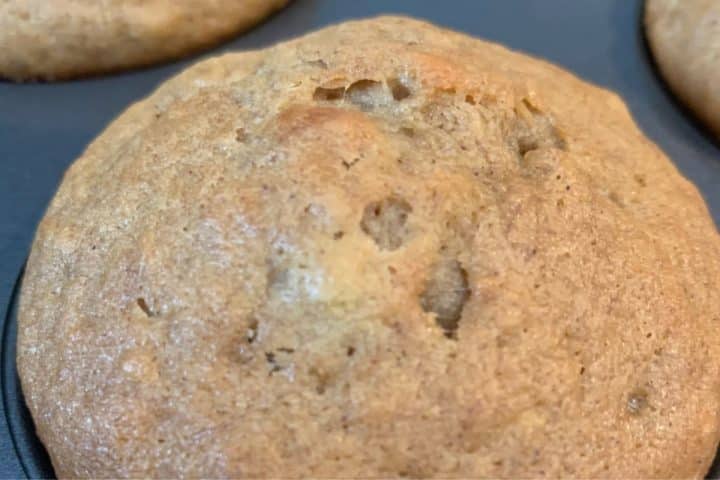
Klein, who's also editor-in-chief of FoodFamilyTravel.com, says part of the rise of sourdough is health-related. "It corresponds to the increase in interest in fermented foods," she says.
Unlike bread made with commercial yeast, sourdough relies on wild yeasts and bacteria in its environment. This process, known as fermentation, gives sourdough its distinctive tangy flavor. It also breaks down gluten more extensively than regular bread-making techniques, potentially making it easier to digest.
Due to their health benefits, America's interest in fermenting vegetables , learning how to use fermenting crocks, and ferment other foods has surged recently. Studies, including one from Harvard Medical School, found improved digestion and more robust immune systems due to probiotics found in fermented foods. This drives an increased appetite for naturally fermented products like kombucha, kefir, sauerkraut and, of course, sourdough.
Sourdough Starter
All sourdough baking begins with the starter, a mixture of flour and water that ferments over time and helps the bread dough rise. The sourdough starter helps produce slight flavor variations in each bread batch.
It depends on room temperature, humidity and even geographical location. The balance between lactic acid bacteria or good bacteria and wild yeast gives sourdough its distinctive tangy flavor, chewy texture and crisp crust.
Since bakers keep starters alive through regular feedings with more flour and water, they can last many years. This gives them personal historical value to the bakers who maintain them, as well as becoming part of your collection of long-shelf-life foods.
Sourdough Bread and Beyond
For those bakers passionate about crafting food with character, sourdough offers endless possibilities beyond traditional loaves. Sourdough recipes may include pretzels, waffles, cookies, pizza dough, cakes and even recipes that use up the sourdough discard or starter that gets removed with each feeding.
Sourdough offers potential health benefits, a sense of community, a connection to shared history and the opportunity to learn an artisan food skill. It aligns with the growing interest in fermented foods and offers a comforting, chewy staple.
Despite all the sourdough accessories available to purchase online and in kitchen specialty stores, today's baker only needs a little bit of what a baker of 200 years ago would need. Just flour, water, warmth and time.
Finally, there's the taste. "There is no other bread like it," says Klein.
This article originally appeared on Food Drink Life.
Like this post? Save it, share it, and read it!
